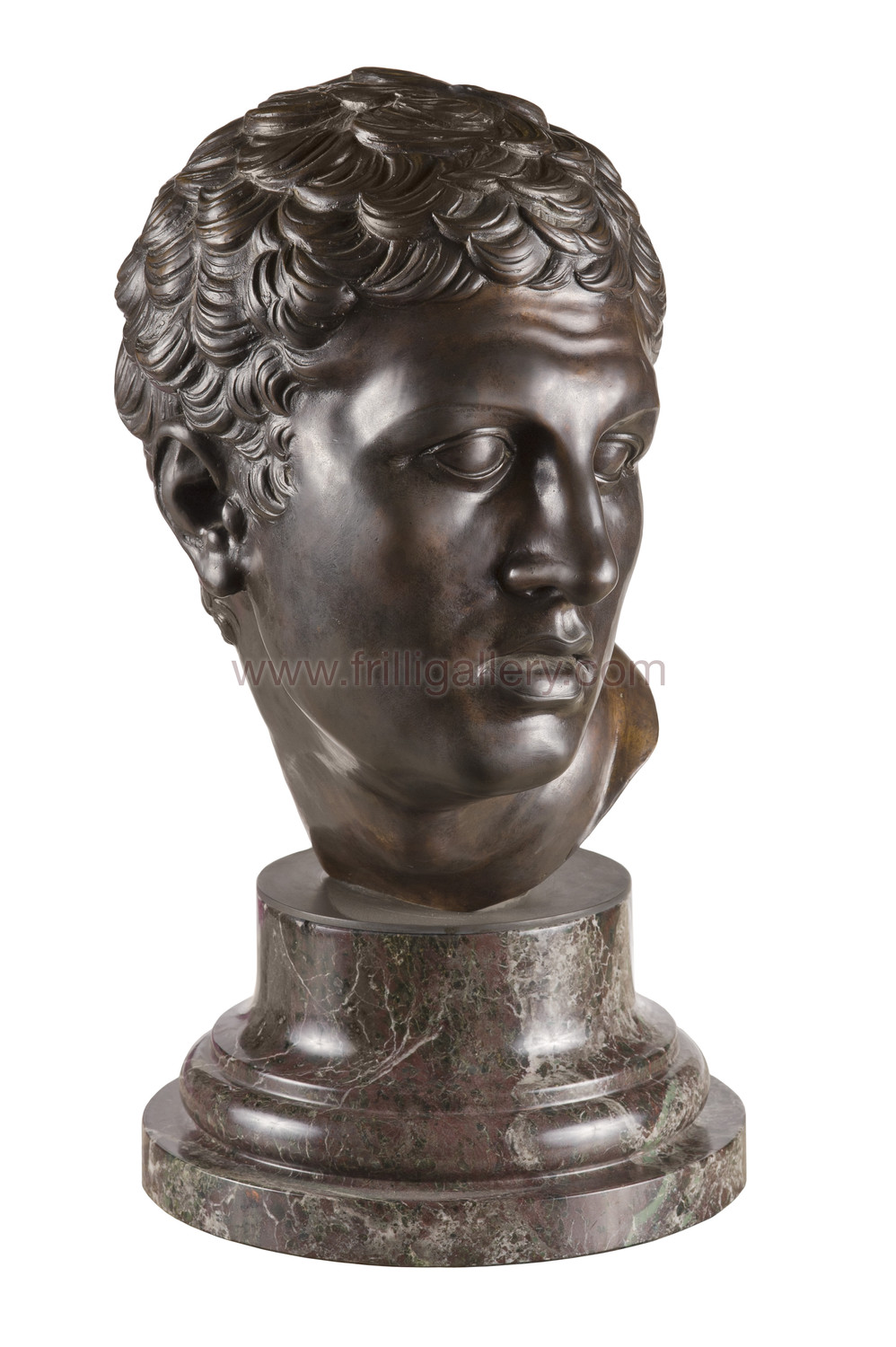


The Gladiator Borghese is a Greek sculpture dating back to the 1st century BC approximately, which, according to what is indicated on the pedestal, would be the work of Agasias, son of Dositeus; today it is kept in the Louvre Museum in Paris.
The statue was brought to light by random excavations carried out in 1609 in the territory of today's Anzio, near Rome. The masterpiece of Greek sculpture, at the time of the discovery, was reduced to 17 fragments, then recomposed in 1611 by the first restoration carried out by the sculptor Nicolas Cordier. The statue is so named because it belonged to the Borghese Collection, until 1808, when it was legally sold by the owner to his brother-in-law, Napoleon Bonaparte, to be then acquired in the collections of the Louvre Museum in Paris.
The entire statue of Gladiator, balanced in space, is portrayed in the gesture of protecting himself from attacking his opponent, with his shield, probably bronze and once attached to his left arm on guard. In this marvellous work, the artist also demonstrated that he has an amazing knowledge of the anatomy of the human body, something quite rare for the time in which he lived.
Looking only at the head of this sculpture we perceive the surprising and tense movement of the gladiator, turned to the left, with the mouth half open and the eyes directed to the adversary.
To request info for this item please use the following form